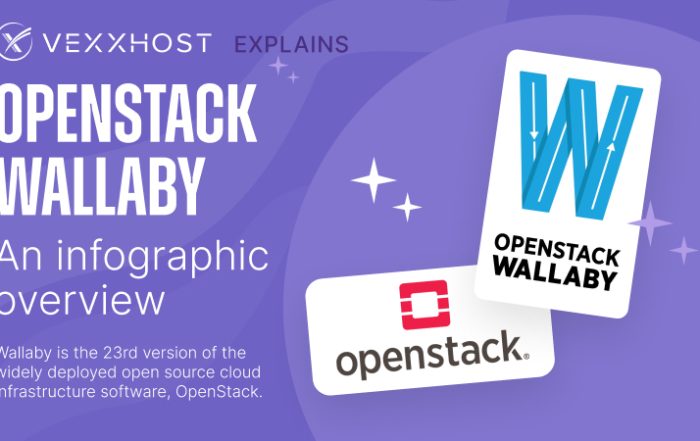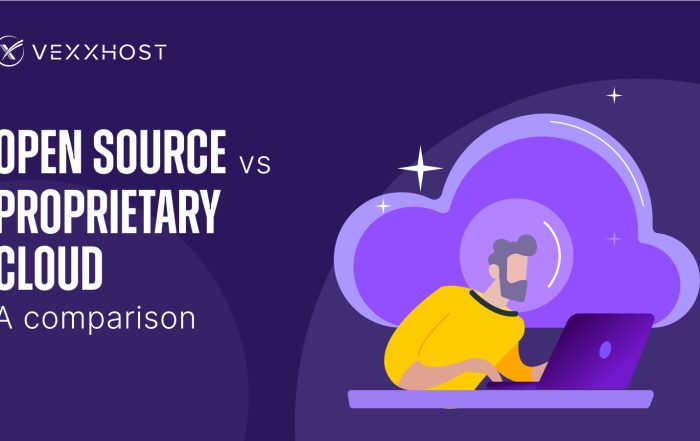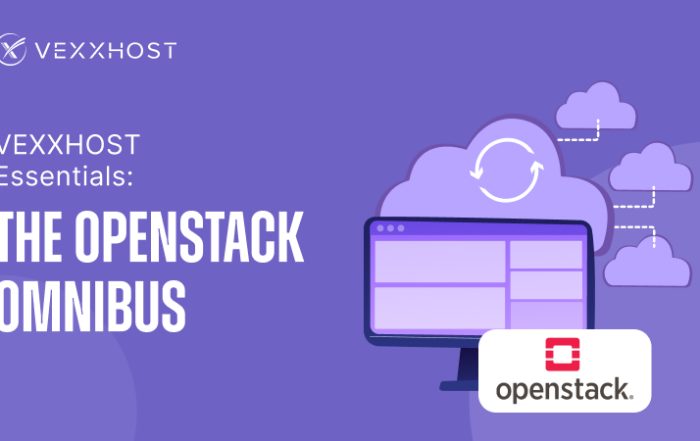Discover
OpenStack
History of OpenStack
OpenStack began as an open source cloud initiative by NASA and Rackspace Hosting in 2010. Their mission? To create a cloud computing platform that met the needs of organizations and enterprises for private and public clouds, no matter what size. They also wanted to ensure that there was enough flexibility to scale up or down depending on the needs of the user. The OpenStack Foundation was set up to govern OpenStack and related projects in 2012. The foundation recently evolved into the Open Infrastructure Foundation. They’ve come a long way since 2010 and over the past 10 years, nurturing a cloud community that only continues to grow and thrive. The vibrant OpenStack community follows The Four Opens, which are a set of fundamental guidelines that are in place to ensure that users receive all the benefits associated with open source software.
Ready to dig into all things OpenStack? As enthusiastic members of the Open Infrastructure Foundation, we are excited to help you better understand OpenStack.

What Is OpenStack?
In simple terms, OpenStack is an open source platform that uses merged virtual resources to build, scale and manage private and public clouds. The platform is comprised of projects which act as tools that run cloud-computing services such as networking, storage and image services. You can bundle these projects to achieve your desired result, your way. Thanks to innovations in OpenStack and its timely releases, the latest being Victoria, cloud computing has never been more flexible. Deploy the tools you need, when you need them.
Want to learn more about OpenStack?
How Does OpenStack Work?
OpenStack relies on two types of software to perform all of its tasks: virtualization and a base operating system (OS). The former creates virtual resources that are taken from the hardware. The latter carries out commands given by OpenStack scripts. The open source platform functions as a series of scripts, also known as commands. They’re built into packages that relay tasks that create cloud environments.
In order to function properly, OpenStack needs to work alongside virtualization and base OS. As OpenStack itself doesn’t virtualize resources, it needs to use them in order to build private and public clouds.
Let’s Talk About Open Source Core Services
Several open source projects make up the architecture that is OpenStack. They are the infrastructure that enables the projects to allow dashboarding, orchestration, bare-metal provisioning, messaging, containers, governance, and more. The six core services required to get an OpenStack cloud up and running are Nova, Neutron, Swift, Cinder, Keystone, and Glance.

OpenStack virtual machines

Software defined networking

Enterprise grade cloud object storage

Block storage


Each core service has its own role. Nova is a full management and access tool. Think computing resources like creation and deletion. Neutron connects the networks across all of OpenStack’s services. Swift is a protected object storage service that stores and retrieves unstructured data objects. Cinder provides block storage accessible through a self-service API. Keystone authenticates all of OpenStack’s services and acts as an endpoint catalog. Finally, Glance stores and retrieves virtual machine disk images. These core services work together to ensure that OpenStack is running at its best. Those projects are just some of many that you benefit from their features and use.
What Can You Do With OpenStack?
Want to learn more about a private cloud solution for your enterprise or organization? Contact us today to hear more about how upgrading to an OpenStack powered cloud can elevate your strategy.
OpenStack Posts
OpenStack Wallaby – An Infographic Overview
OpenStack Wallaby is the 23rd version of the open source cloud infrastructure software. Know the details and highlights of Wallaby from this infographic.
Open Source vs. Proprietary Cloud – A Comparison
Open source vs. proprietary cloud - which option works best for enterprises? Here are the parameters companies consider in the debate. Read on.
VEXXHOST Essentials: The OpenStack Omnibus
Over the years, we have published a lot of content on OpenStack. The aim of this evolving omnibus is to bring you all of those content together.


